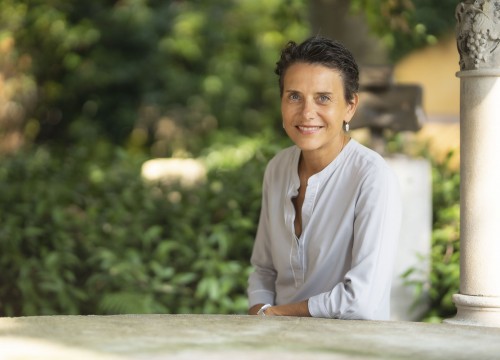Sculptor, performer, dancer: his work can be considered as a continuous weaving activity
You say beauty and I can deal with it. Beauty is no longer an absolute value for at least two centuries, perhaps three, although in our country it is difficult to accept. Beauty is changeable. Beauty has been used to exclude, to set criteria. Well, out. Yet one can not do without. Saying that it is no longer an idol, it does not mean that beauty is completely removed, as the eminent critics noted such as Arthur Danto did. It means questioning its chances of existence nowadays.
IN HIS WORK A BEAUTY EXPLOITATIVE USE CAN BE RECOGNIZED THAT IS NO LONGER A VALUE, BUT A MEDIUM
African-american artist, queer, political activist, Nick Cave might have all the criteria to be into that artists generation involved in removing beauty as art fundamental value. Instead, he is one of the artists that has thoroughly investigated it, between political and social ruptures that characterize
today’s society. Sculptor, performer, dancer, his work can be considered as a continuous weaving activity: since his firsts Soundsuits dated 1992, police abuses, African roots, carnival taste, a mix of cultures from rococò to the Chicago house scene; they try healing social fractures and giving them an overall look with their contradictions, as a detailed sewing technique. Now, that is one of the few real possibilities of the existence of beauty: in what Americans call social practice of art, the artistic process needs to have a real impact on society. In Cave’s psychedelic costumes, in the anthropomorphic figures that are hidden in official garments - even if official is not, but it is real life - a beauty exploitative use can be recognized: that is no longer a value, but a medium.
IN SOUNDSUITS DATED '92 WE CAN SEE POLICE ABUSES, HIS AFRICAN ROOTS,
A MIX OF CULTURES FROM ROCOCÒ TO THE CHICAGO HOUSE SCENE
Medium of what? It is a restructuring that passes through the ancient inequality fractures of American history.
The question of reconstruction is a necessity of several important American museums as evidenced by the Tillmans exhibition To Look Without Fear, at MoMA. And, not least, Guggenheim has the chance to answer to the accusations of racism: these have led to the curator, Nancy Spector, removal following the statements made by Chaédria LaBouvier. Forothermore is divided into thematic sections - What it was, What it is, What it will be - besides being a retrospective, it has the task of opening up to a possible cure: a very long way, by car with friends, in silence, with no destination, with riff funk as background music.

























